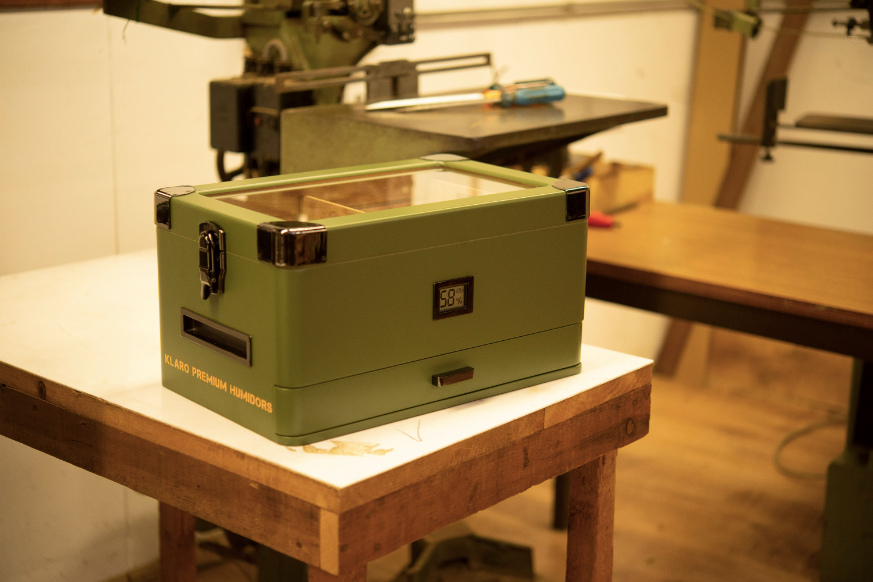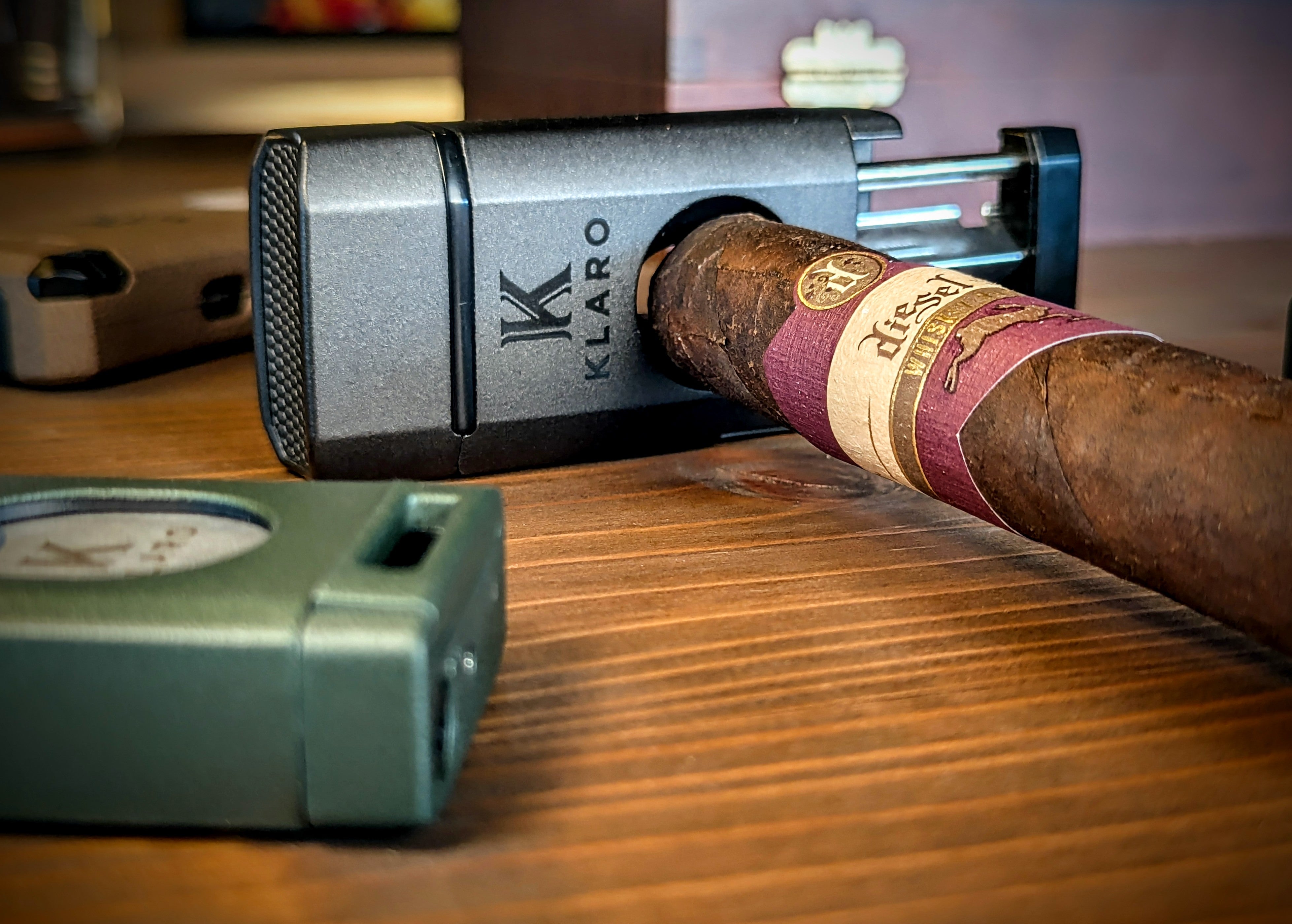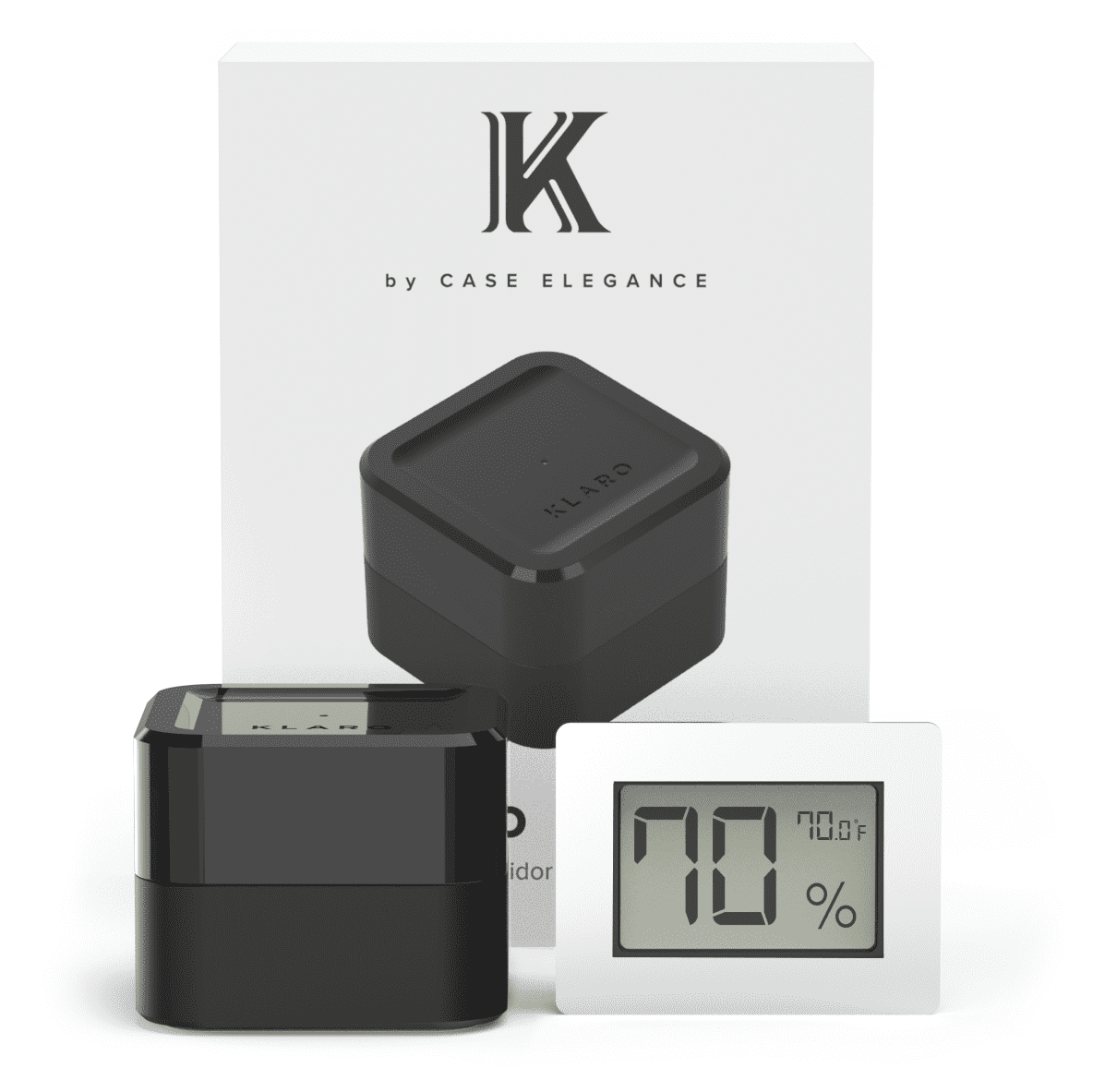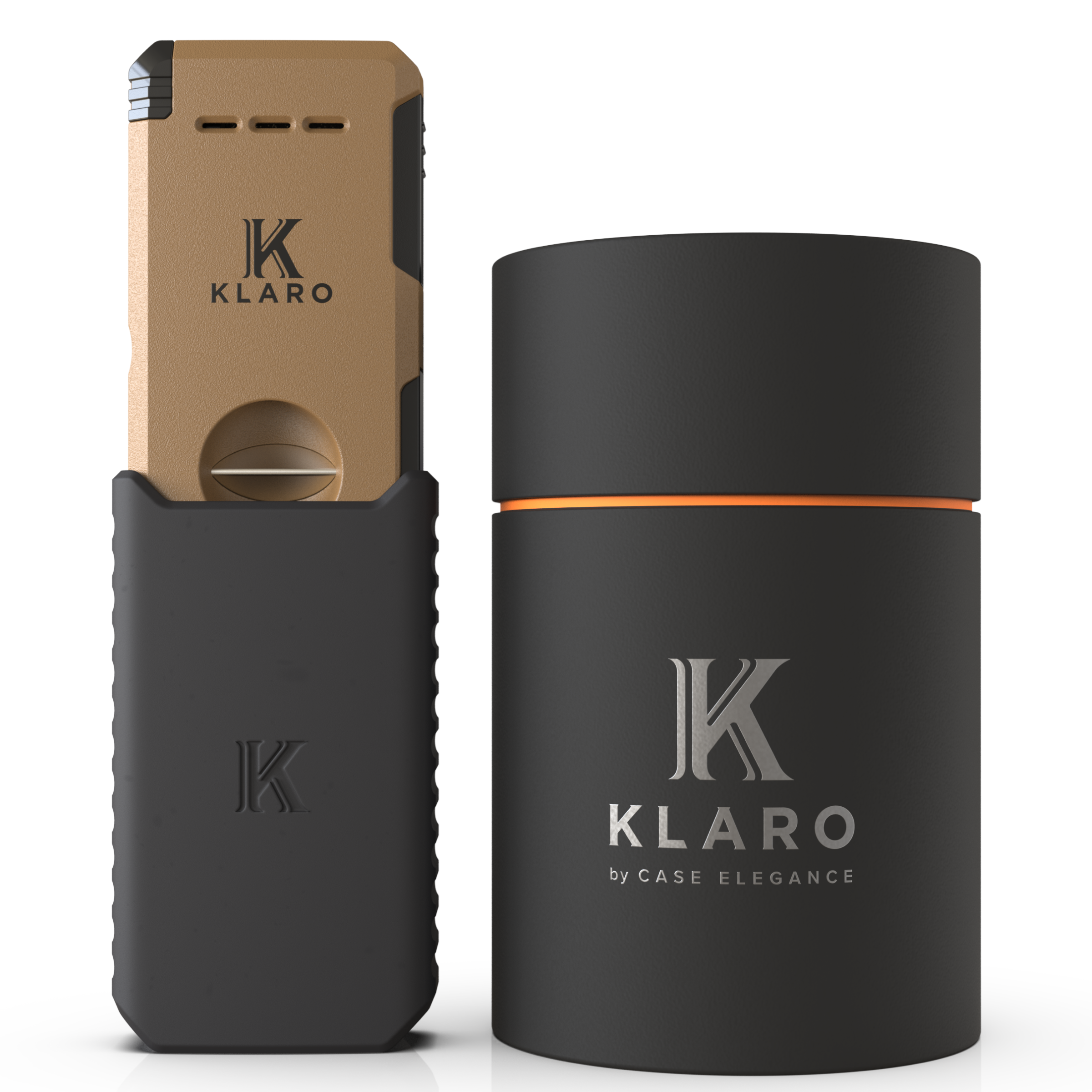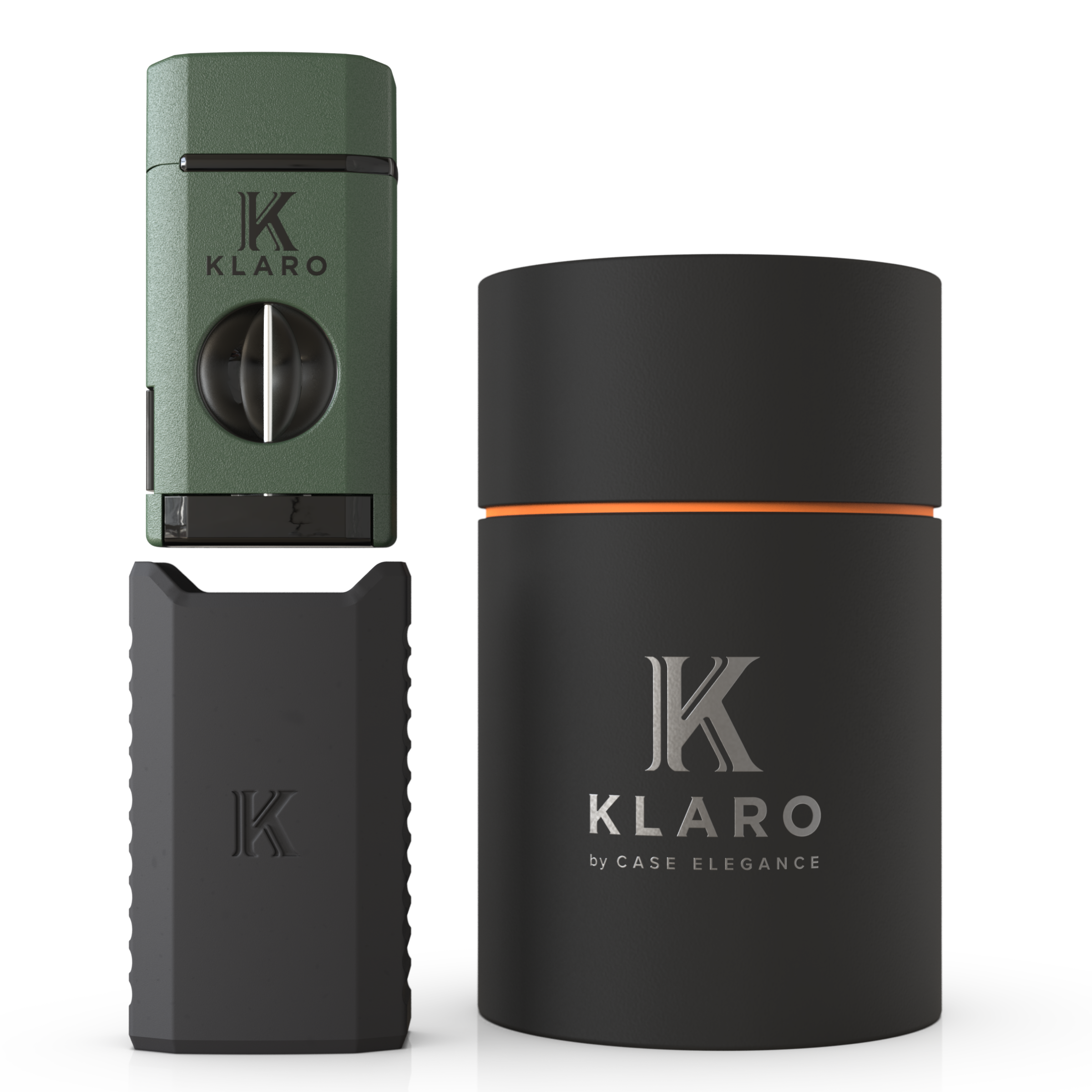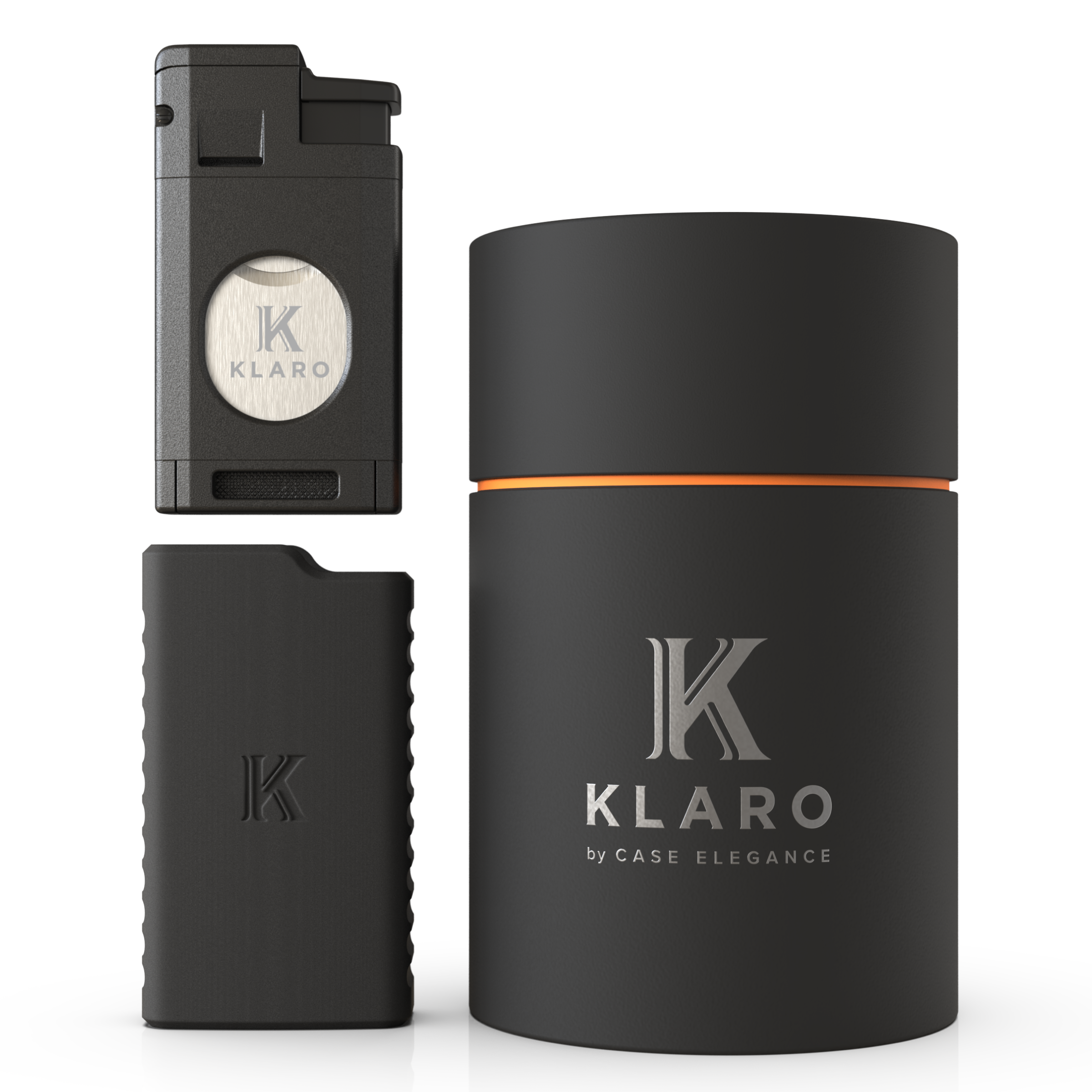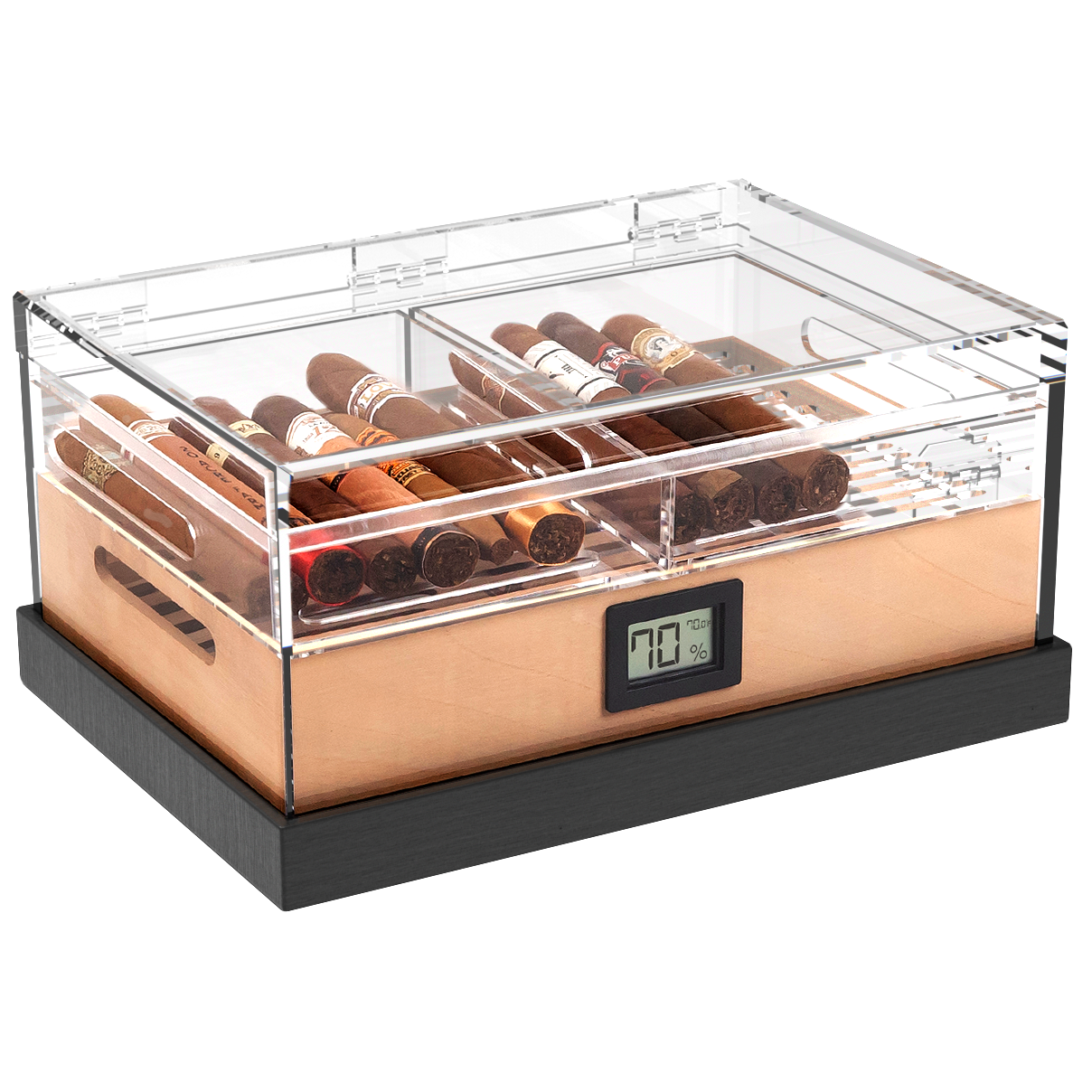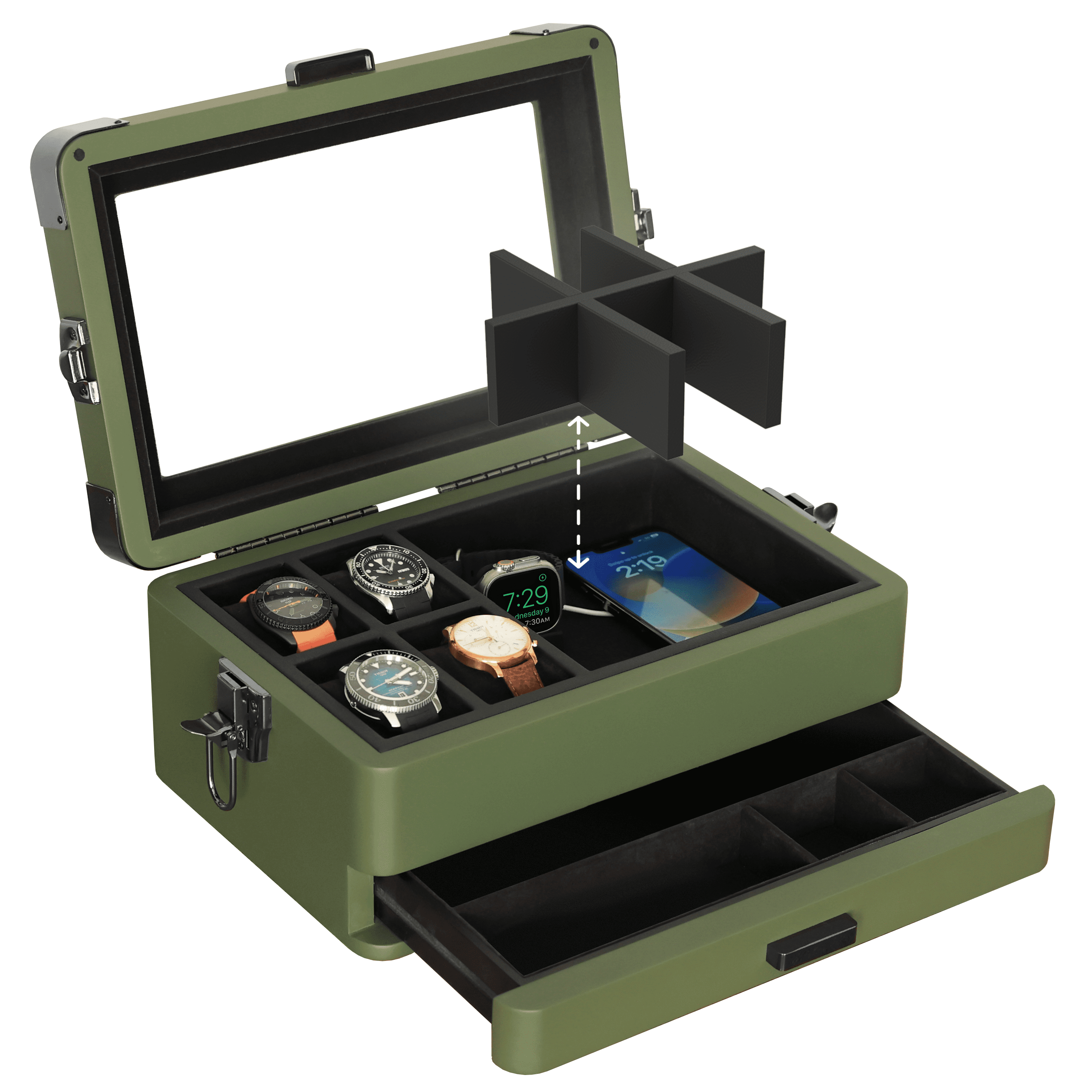For as “cut-and-puff'' as the act of enjoying a good cigar may be, many tobacco enthusiasts still remain reluctant about the notion of owning and maintaining a cigar humidor.
This isn’t some saltwater aquarium teaming with exotic invertebrates we’re dealing with here folks. It’s a tightly sealed box that’s been designed to keep moisture in, bugs and dust out, and with the help of a little monthly routine maintenance, create a serene environment for our tobacco to age and mellow in for the months and years to come.
Today, we’ll go over what maintaining a fully stocked humidor box entails, some tips and tricks to help make routine upkeep an effortless affair, and what to watch out for when things don’t seem to be going right.
It’s time to do away with all of these unwarranted concerns over cigar humidor maintenance, and misconceptions about the amount of work one must invest in cigar storage.
The benefit of having a bevy of fine tobacco on hand at all times is undeniably appealing, as is the pleasure of experiencing the subtle changes that take place within a cigar’s profile as it matures in a controlled environment. So let’s get cracking!
Keep Some Stogies in Stock at All Times
There’s an old rule of wrench in the cigar smoking world, that if you plan on storing or aging cigars, then you should keep that humidor box loaded with tobacco at all times.
The logic behind this rule is simple. As one cigar absorbs moisture, it in turn passes on any excess humidity to its neighbors. Even in a dried and cured state, tobacco leaves remain a selectively permeable organic substance, and being that humidor wood also absorbs and releases moisture, it’s better to have an abundance of tobacco inside a humidor box than not enough.
By keeping a set amount of cigars within a properly humidified and calibrated humidor, you not only have the benefit of never running out, but you also help guarantee that the humidity level within its confines are evenly distributed from stick-to-stick.
One of the best ways to make sure that your humidor remains stocked (and evenly humidified) at all times, is by signing up for a monthly cigar subscription.
Moisture and Movement Matter
If the walls, lid, shelf, hinges, and trays are the bones of a Klaro humidor, then humidity is the lifeblood that circulates within its exoskeleton. Too low of humidor humidity level, and you’ve got cracked wrappers and cigars that burn hot. Overload your humidor with moisture, and you’ll be dealing with mold removal headaches, or worse yet, the realization that it’s time to toss your humidor and everything in it.
Fortunately, most humidor humidifiers come with a pre-installed humidification device sized and calibrated with the dimensions and storage capacity of the humidor in mind. These all-in-one humidor box packages are ideal for tobacco enthusiasts in search of a straightforward cigar storage solution that does not require a lot of setup.
On the downside, being that these humidification devices are typically affixed to a set location within the box, humidity levels in the areas furthest away from them tend to receive less moisture. The result: Dry smokes on one end, and overly moist cigars on the other.
While slapping a plethora of humidor packs throughout the expanse of a humidor is an option, this typically eats up valuable stogie real estate and runs the risk of over-humidification. There’s also the option of running an electric humidor with a circulation fan, which solves this issue but costs a whole lot more and requires even more upkeep.
The easiest (and cheapest) way of solving the issue of uneven humidity disbursement is to move those stogies around once a month. Anything on the bottom shelf should be placed up top, middle to bottom, top to center, and so forth. Having some hands-on time with your cigars will tell you everything you need to know about their condition and health. If a stick feels too moist, move it to the furthest corner, allowing it to swap places with a drier cigar.
Boost Your Humidor Humidifier’s Health
When it comes to creating and maintaining humidity within a cigar humidor, there are a plethora of products to choose from, with all of the following options requiring their own form of maintenance.
Disposable humidor packs are without question one of the most popular forms of keeping a steady humidity level within a humidor. But like all humidifiers, they too will eventually run out of juice, as these forms of moisture based media tend to dry from the outside inward.
A quick poke or squeeze of a humidor pack when you open the lid to grab a smoke is all that’s needed to determine their overall health. Even if the center still feels supple, if the edges of the humidifier pack become crispy or hard, then it’s just a matter of time until the core dries out too.
For those who feel that humidor packs aren’t their cup of caffeine, “rechargeable” humidification devices are the way to go. From a maintenance standpoint, a monthly visual inspection is often all that’s required to keep an eye on the suggested level of humidification media within canister and tube models, while touch helps ascertain the moisture content of things like foam disc and tray humidifiers.
The task of recharging these devices typically requires little more than topping off the humidification media with a dash of distilled water or a humidor-approved liquid solution, then allowing it time to absorb before popping it back in the box. This same approach can also be applied to cedar hydro sticks.
On a side note, it is always best to avoid using tap water when recharging humidification devices, as even the fanciest reverse osmosis spring water from your uncle’s yak farm in the Swiss Alps still contains contaminants.
If your humidity reading is still low after a humidifier recharge and a three day reintroduction period, then it might be time to look toward other forms of maintenance and inspection, starting with that humidity measuring apparatus you rely upon.
Hygrometers for Humidors Require Upkeep Too
Whether electronic or analog, hygrometers for humidors are a mandatory tool for anyone looking to measure how much humidity they have in their humidor. Being able to easily ascertain the humidity level within a well-made humidor box pretty much eliminates any guesswork, at least, all the way up until that reading appears to be a bit off.
One of the easiest ways to make sure your hygrometer is working properly is to have a secondary instant-read digital hygrometer on hand that you can place within the humidor. A healthy humidor box will have a humidity rating that sits anywhere between 65% to 72%, so if that instant digital reading is any more than a couple degrees off from your dedicated hygrometer then it’s time to recalibrate that gauge.
In order to calibrate an analog or humidor digital hygrometer, start by conducting a “salt test” to let you know if the device has been compromised in some way and needs to be replaced.
Simply take a lid from a jar and place 1 teaspoon of salt in it, adding just enough water to turn the salt into a gritty paste. Then, place the hygrometer and the salt solution inside a sealed bag or airtight container, allowing the device to register humidity for at least twelve hours. This should produce a reading close to 75% humidity.
However, if the hygrometer does not show this humidity level, then you will need to adjust the hydrometer so that it reads 75%, discard the salt paste, rinse the lid, and restart the entire testing process one more time. The next day, your reading should still sit squarely at 75%. If not, then you likely have a defective hygrometer on your hands, and it’s time to buy a fresh humidification reading device.
Test Your Cigar Humidor Box’s Seal
While it may look like it is sitting flush and closing properly, all of that routine humidity maintenance isn’t going to do squat if your humidor’s lid cannot provide an appropriate seal.
Wear and tear, as well as warping can cause a wooden humidor seal to deteriorate rather quickly. So if you are concerned about your humidor not being as airtight as you would like, it may be time to put the old “dollar bill test” to work.
Simply place the bill along the edge of where your humidor lid meets the seal running around the edge of the box, allowing half of the bill to hang out the side. Carefully close the lid until it is snug, and then pull on the dollar bill. A solid seal will render the removal of the cash nearly impossible.
If the bill slides free with little impedance, then it might be time to conduct a thorough inspection of your humidor. All it takes is a piece of lint, or a cedar scrap from a cigar you opened the other week for a wedge to form within the folds of a cigar humidor seal. Hinges are also prone to loosening over time, so be sure to inspect the hardware on the back of a humidor’s folding lid as well.
Parting Puffs
Making monthly cigar humidor box maintenance a routine not only reduces the risk of ruined tobacco, but it also provides you with a better understanding of the time-honored cigar aging and storage process.
Humidor maintenance doesn’t have to be a challenge or a chore, especially when using an all-in-one, annual maintenance kit. So keep that stogie box in good working order, and contact us at Case Elegance for answers to any other “burning questions” you may have about cigar storage.

